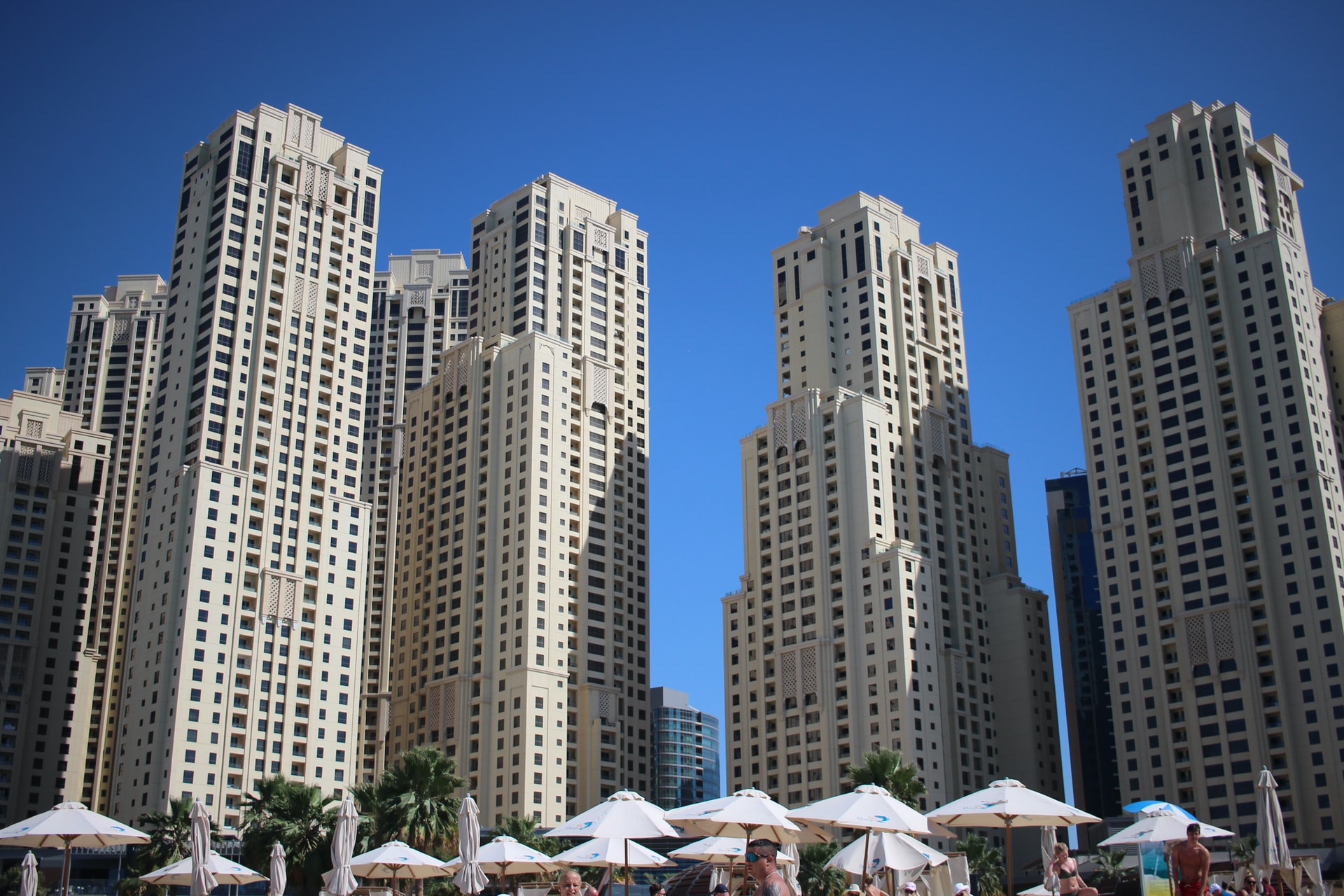Telegraph’s Travel’s Dubai expert Lara Dunston says anyone with even a passing interest in the UAE city must visit if they are to find out what all the fuss is about and discern the truth from the cliches. For starters, Dubai is nothing like Las Vegas, she says.
There is so much to learn about a destination that has earned itself almost mythical status in only a matter of decades. As Lara says, the only way to do that is to visit, but a gallery of some remarkable shots of the at-times indecipherable city might be a good place to start.
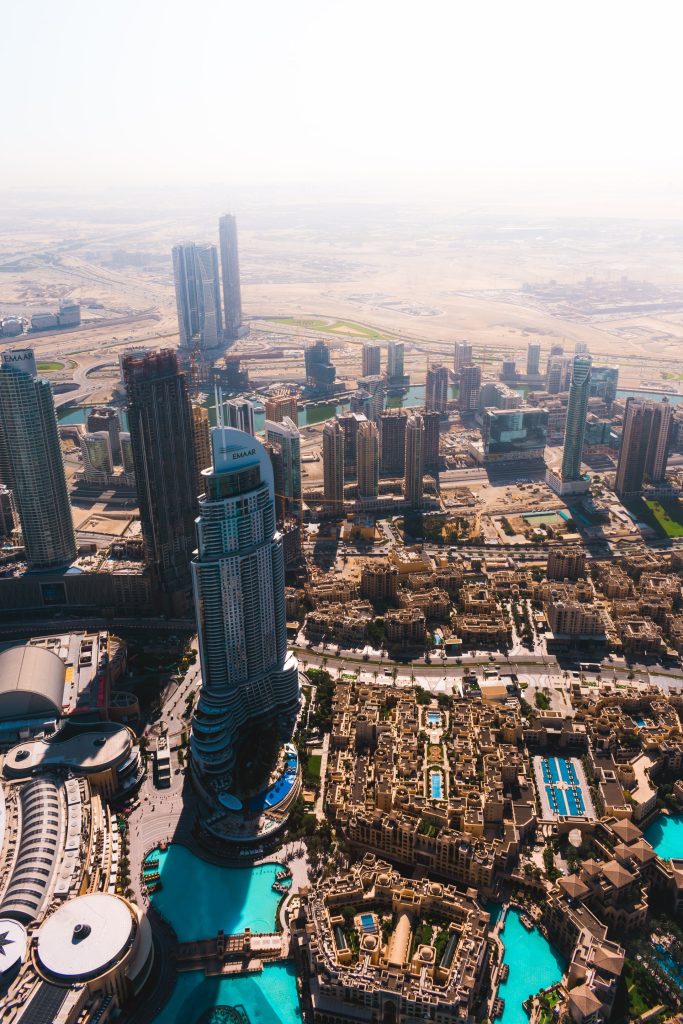
Dubai, built on the edge of the desert in the United Arab Emirates, is home to more than 900 skyscrapers, with 18 taller than 300 metres (about the height of London Shard, which is 310 metres tall). It’s no surprise then that the city looks like the setting of some sort of futuristic dystopian nightmare.
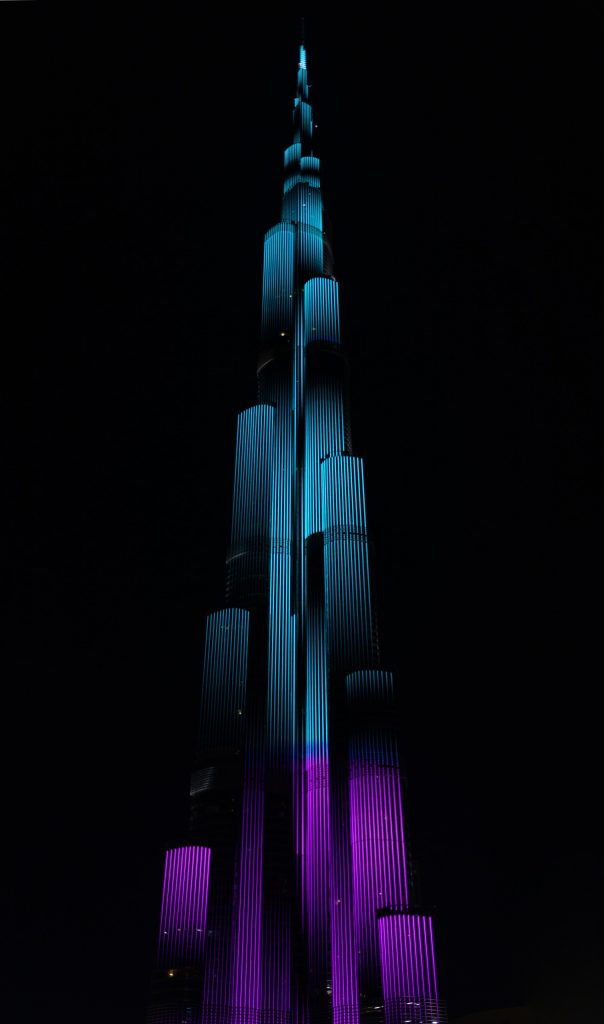
It is, of course, also the location of the tallest building in the world, pictured here, which rises 828 metres into the sky and contains 161 floors. “Dubai is more like Shanghai,” says Lara Dunston, “with its audacious architecture, spectacular skylines, obsession with fashion and style, and flourishing contemporary art scene. Contrary to rumours, Dubai does have a rich culture, though most of it is intangible, rooted in Bedouin heritage and traditions of storytelling, poetry, song, dance, and falconry, but there are plenty of opportunities to experience it.”
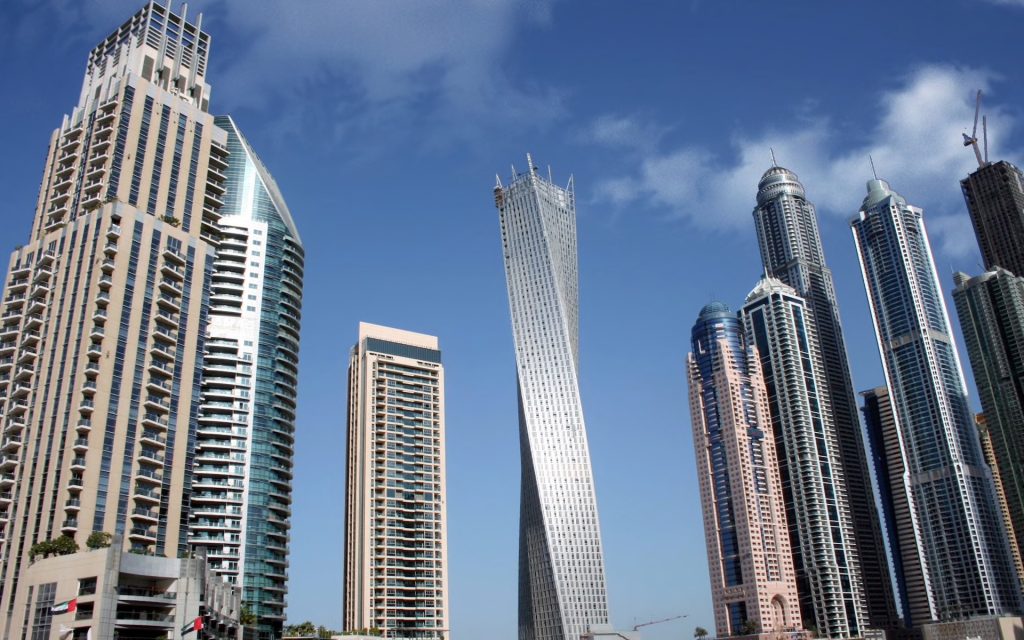
Dubai’s Cayan Tower, dubbed the Twisted Tower, is one of the city’s more remarkable skyscrapers, rising to 306 metres and twisting 90 degrees. At the time of its opening, it was the highest building in the world with a 90-degree twist, but that title has since been usurped by the Shanghai Tower.

The city’s ambitious architecture is not limited to the vertical. Its Palm Islands, built on artificial land reclaimed from the Persian Gulf in the shape of a palm tree, is just one of the city’s man-made archipelagos, designed to host homes, leisure and entertainment facilities, and hundreds of miles of private beaches.

Atlantis, the Palm, is a five-star hotel on the Palm Jumeirah island. Our review gave the hotel eight out of 10 and said: “This underwater-themed resort boasts a crowd-pleasing waterpark, two pools and nearly a mile of man-made beach. Opulent suites and fine-dining restaurants are aimed at luxury travellers, but really Atlantis is a bustling family resort. Embrace it as such and you’ll have a ball.”
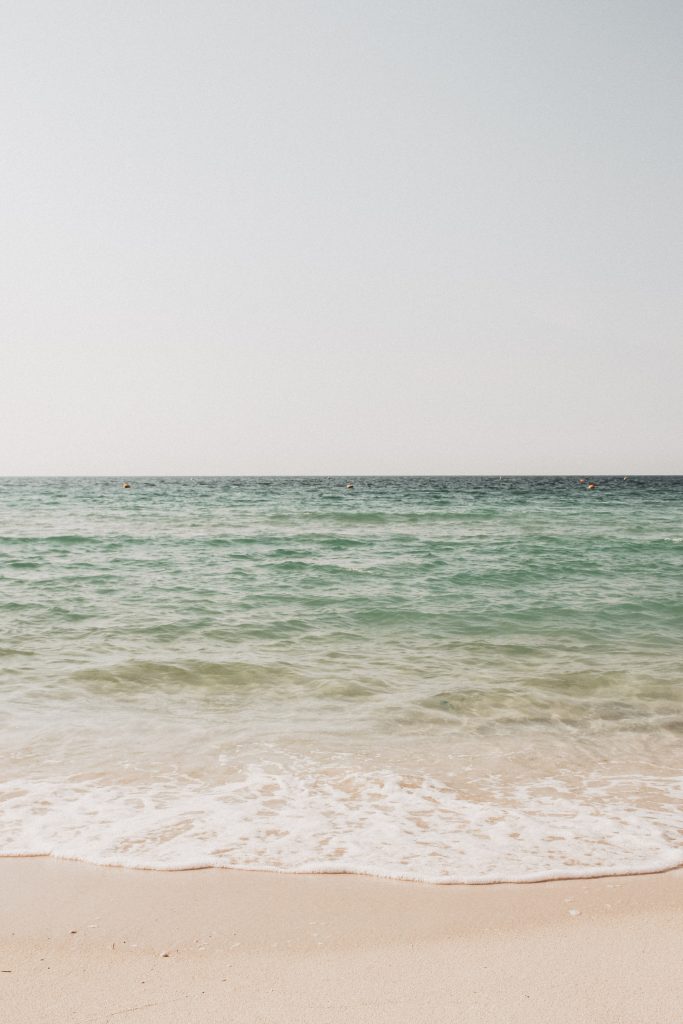
These creations provide residents with idyllic beaches and unrivalled views of the city skyline.
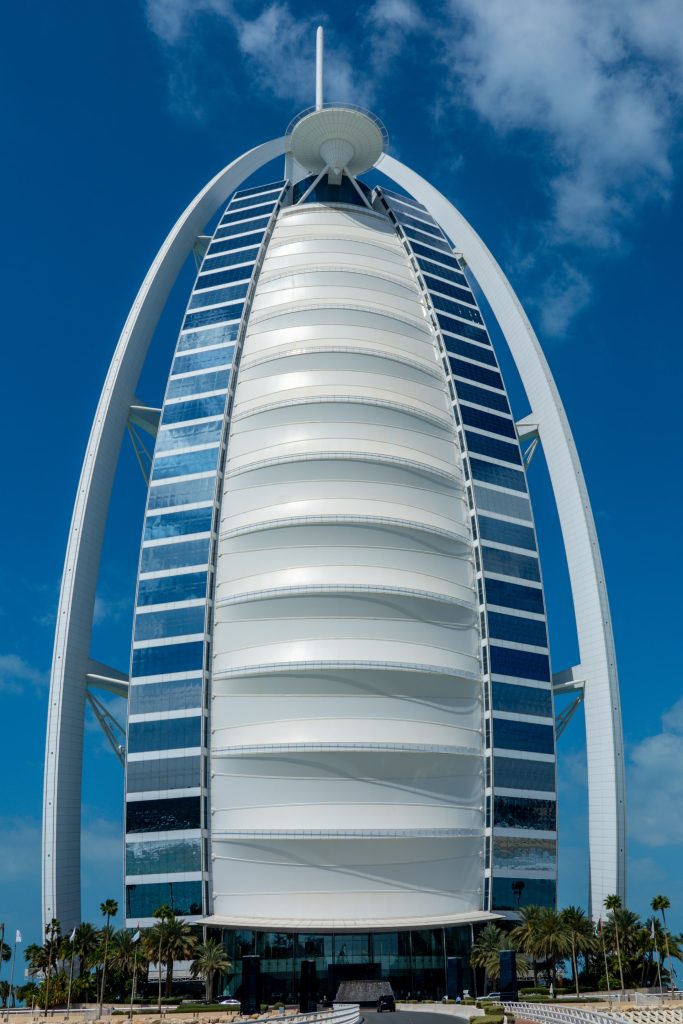
The city’s rising stature on the world’s travel and business map has made it the location for a number of publicity stunts, including when Roger Federer and Andre Agassi played tennis on the helipad of the Burj al Arab to promote the Dubai Duty Free Tennis Championships.
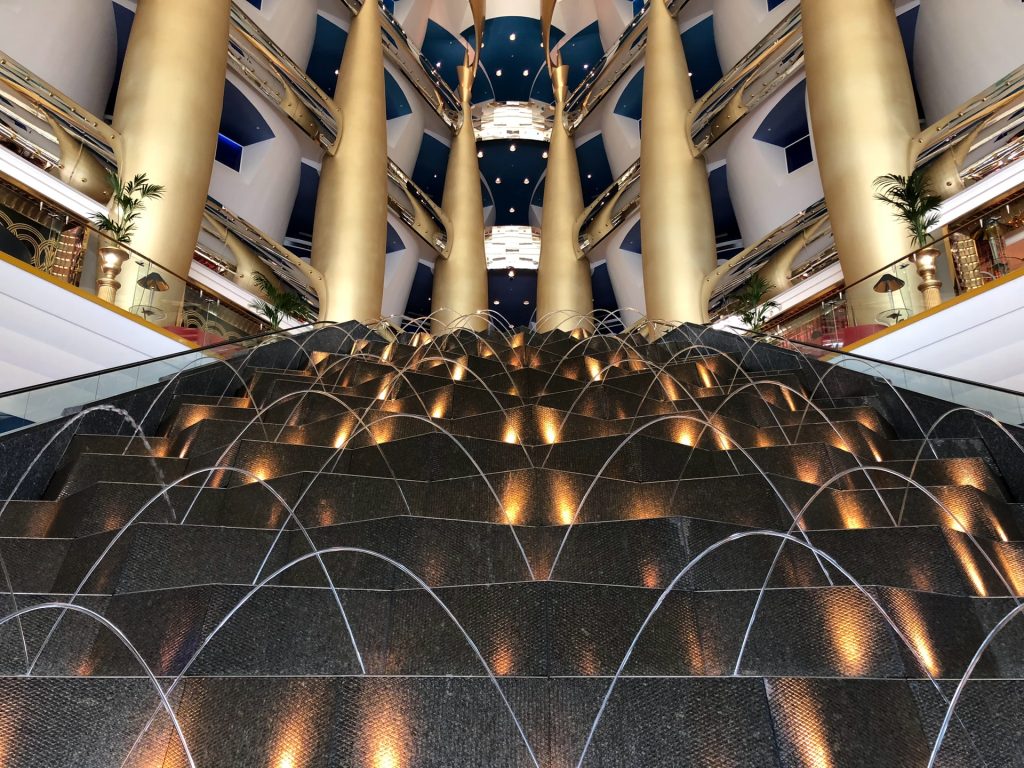
The Burj Al Arab’s interiors are just as remarkable as its dhow-shaped outline. Here’s its atrium, the world’s tallest, which rises 182 metres.

Thanks to profits from the oil industry, there is no shortage of people rich enough to fly in a supercar by helicopter.

Outside the city limits remains desert. Abu Dhabi is an hour and a half drive down the coast.
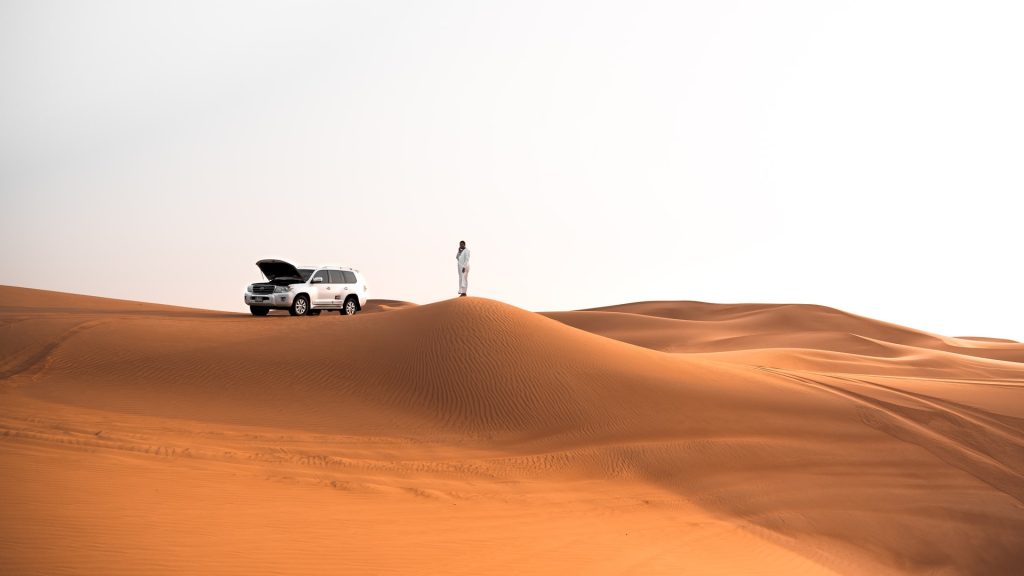
Visitors can make the most of the desert outside by quad-biking, embarking on a 4×4 safaris or sand-boarding.
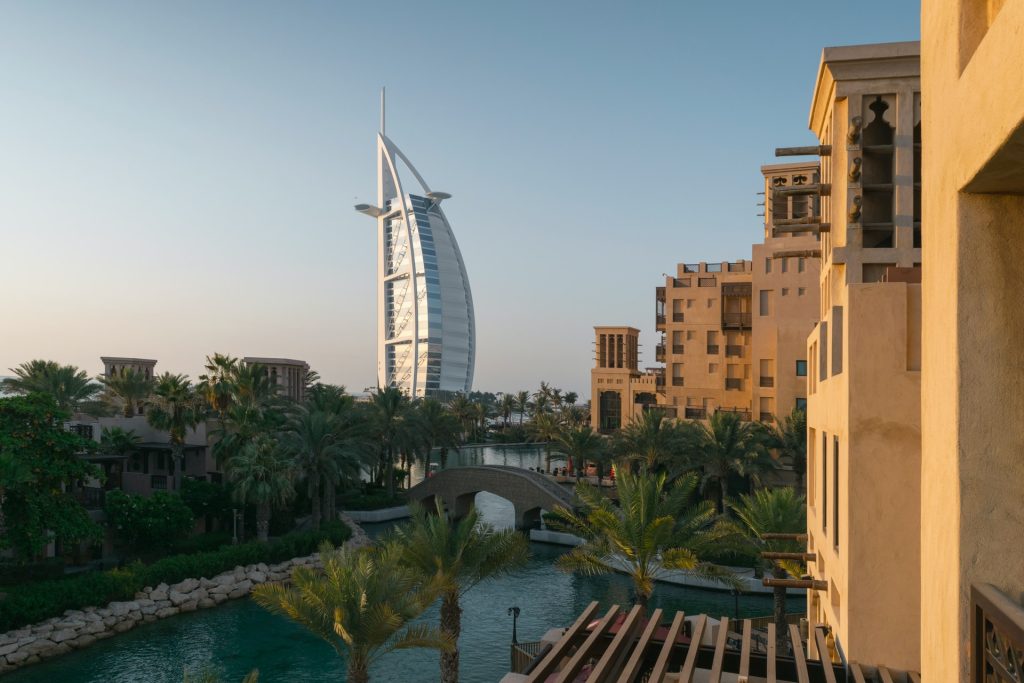
“For all Dubai’s futuristic appeal and abundance of western entertainments – a sleek metro that zips through the sky like something out of Blade Runner, sumptuous shopping malls, an indoor ski park, and countless bars – there is just as much fun to be had in the simple pleasures of haggling for gold and frankincense in the bustling souqs, savouring the sunset from the back of a camel, inhaling from a fragrant sheesha pipe on the fairly-lit deck of an old wooden dhow,” says Lara.
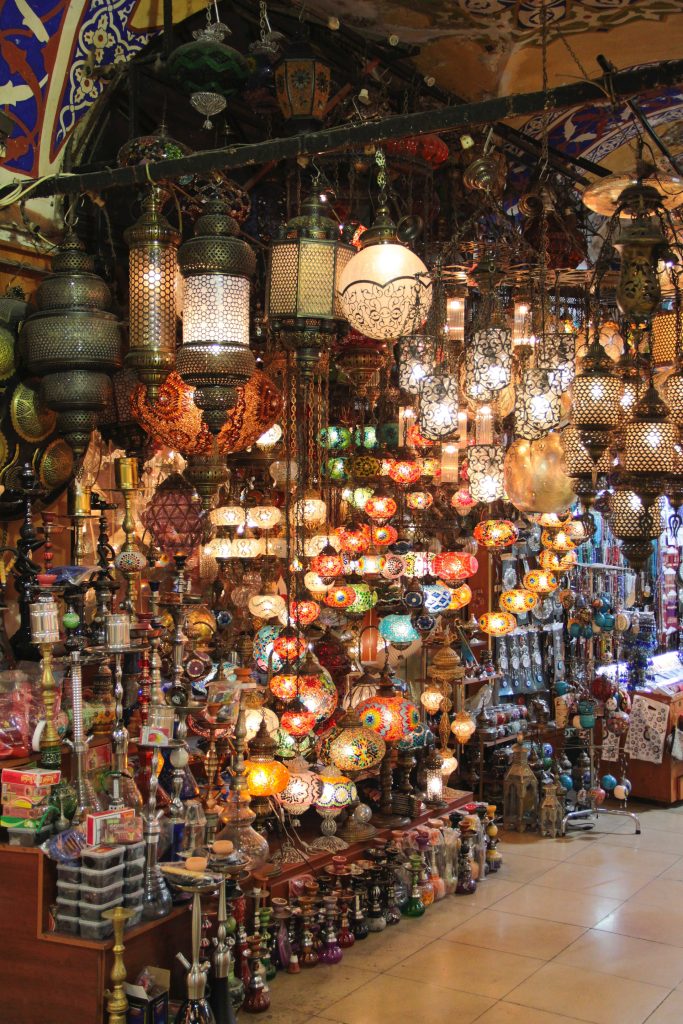
Despite its shimmering, futuristic appearance, Dubai still has vast, traditional souks in which to haggle for good and/or get lost.
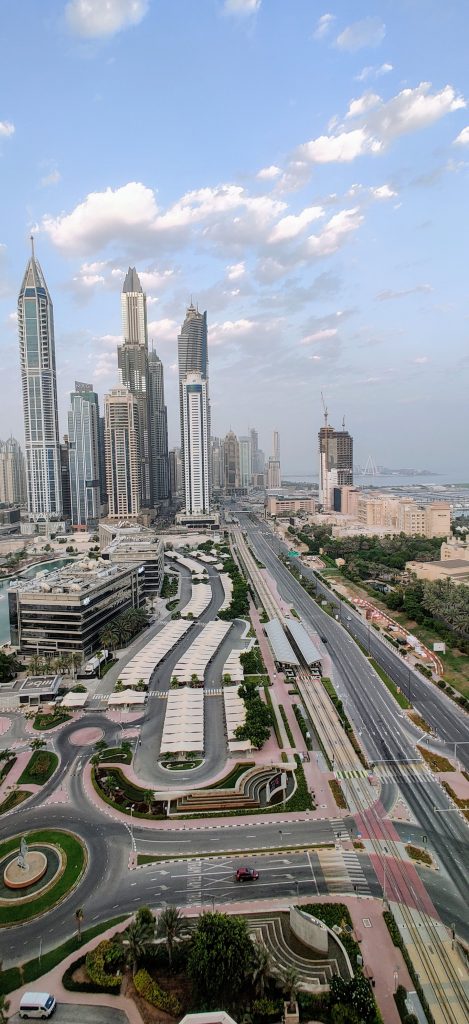
Dubai is the largest city in the UAE and home to 3.1 million people who all need to get around. There are five main road routes that run through the city.
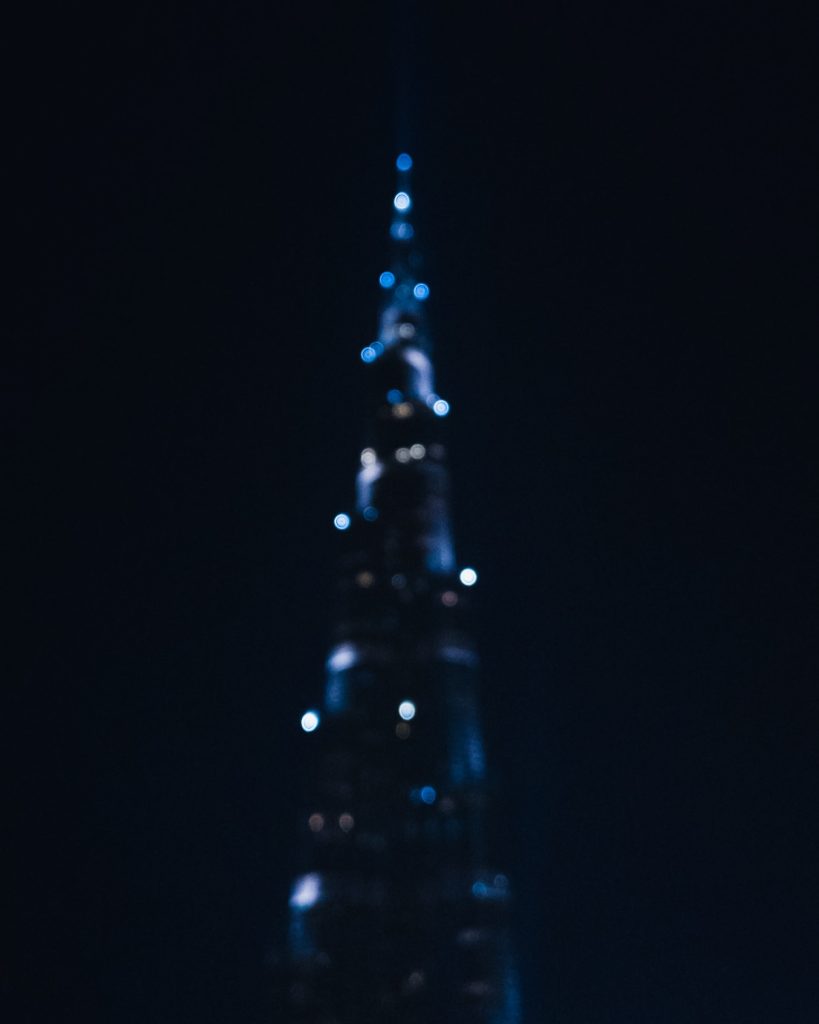
The city is also home to the Dubai Eye, or Ain Dubai Ferris Wheel, the largest Ferris wheel in the world at 210 metres.
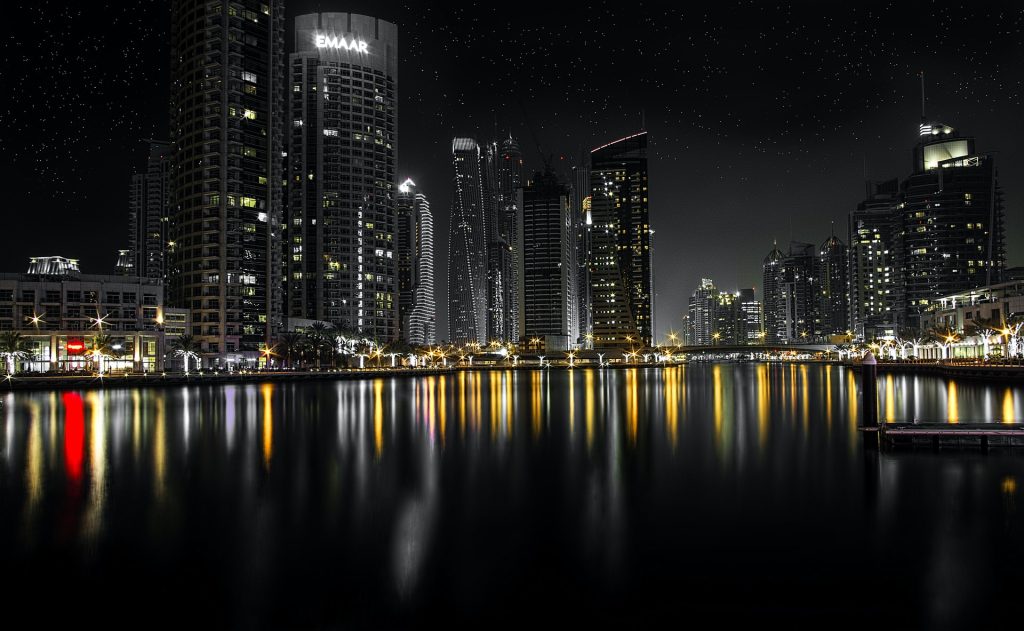
There is no better way to take in Dubai and its audacious initiatives than from the air.\u0026nbsp;Take a slow flight along the spectacular coast on a seaplane with Seawings (seawings.ae) or a more dramatic one from a helicopter with Heli Dubai (helidubai.com) or Alpha Tours (alphatoursdubai.com).
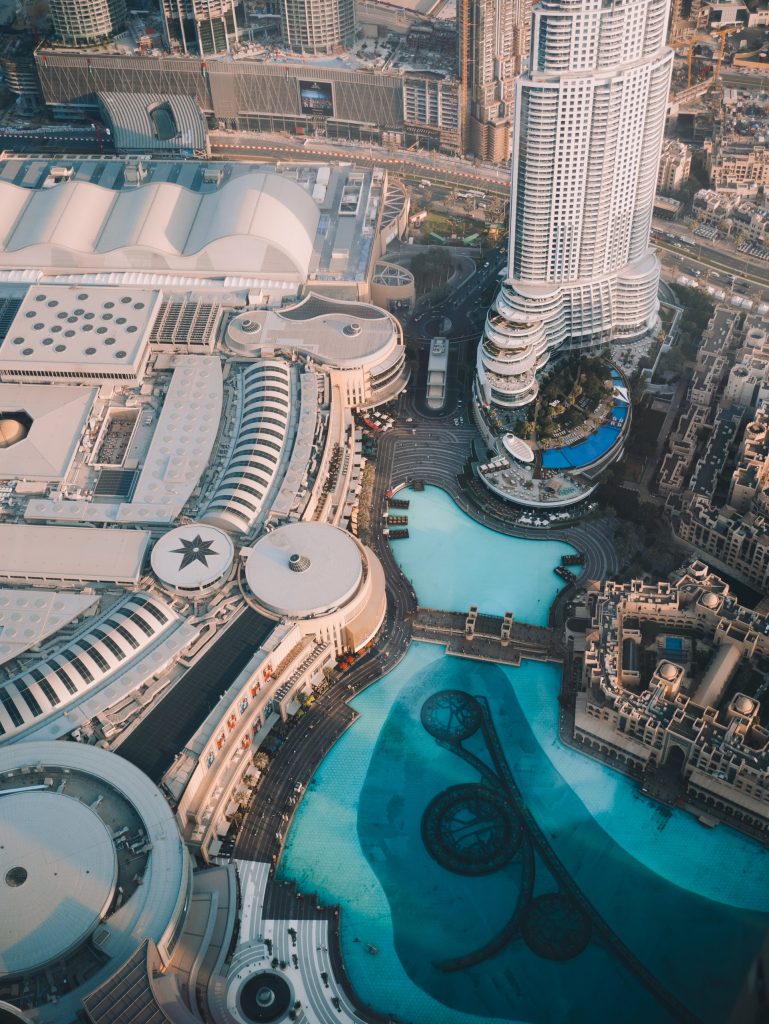
Aerial spectacles include the sail-shaped seven-star Burj Al Arab, the city’s surreal man-made island developments, the skyscrapers of Sheikh Zayed Road, and the Burj Khalifa, with its head in the clouds.
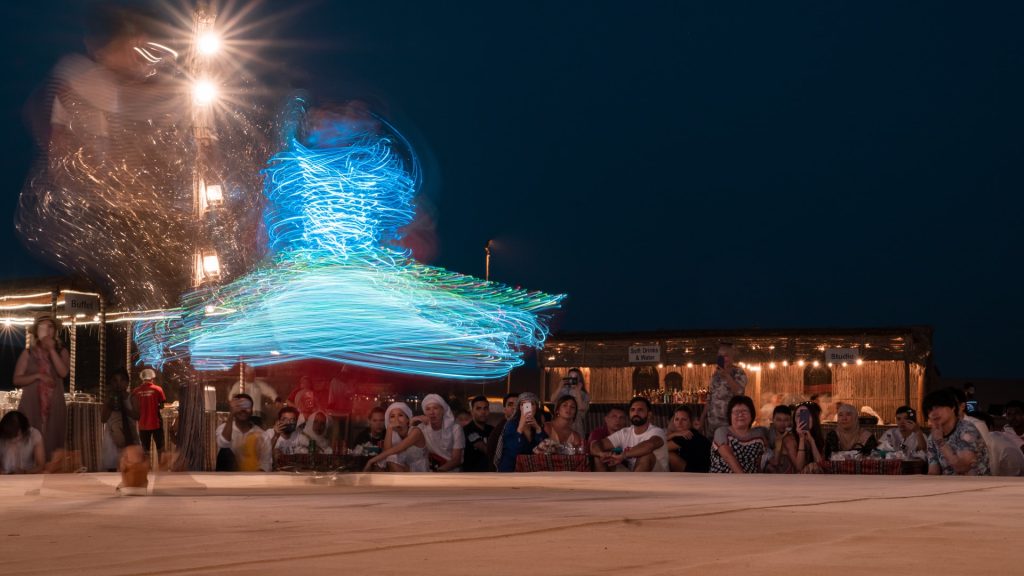
Dubai Miracle Garden, as with so many things in the city, is the world’s largest natural flower garden, featuring more than 109 million planted flowers over 72,000 square metres. The Miracle Garden is also home to the Dubai Butterfly Garden, the world’s largest, home to 15,000 butterflies from 26 species.
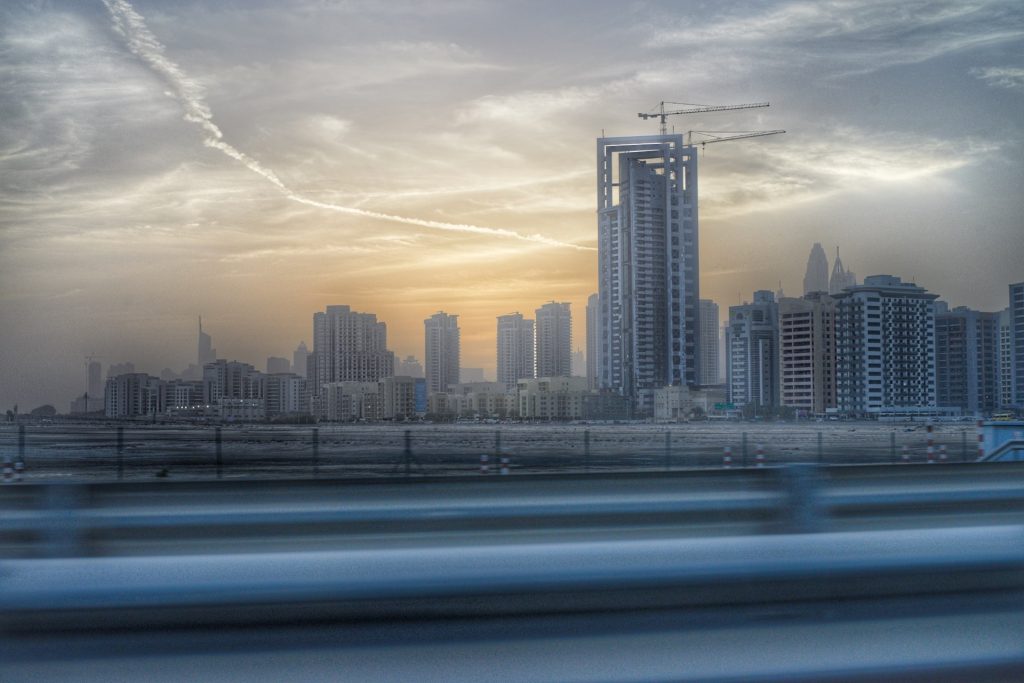
You might expect in a city where the temperature rarely dips below 20 degrees, there probably wouldn’t be a place to hit the ski slopes. Introducing Ski Dubai. The indoor ski resort has 22,500 square metres of real-snow indoor ski area, with five runs, the longest being 400 metres.
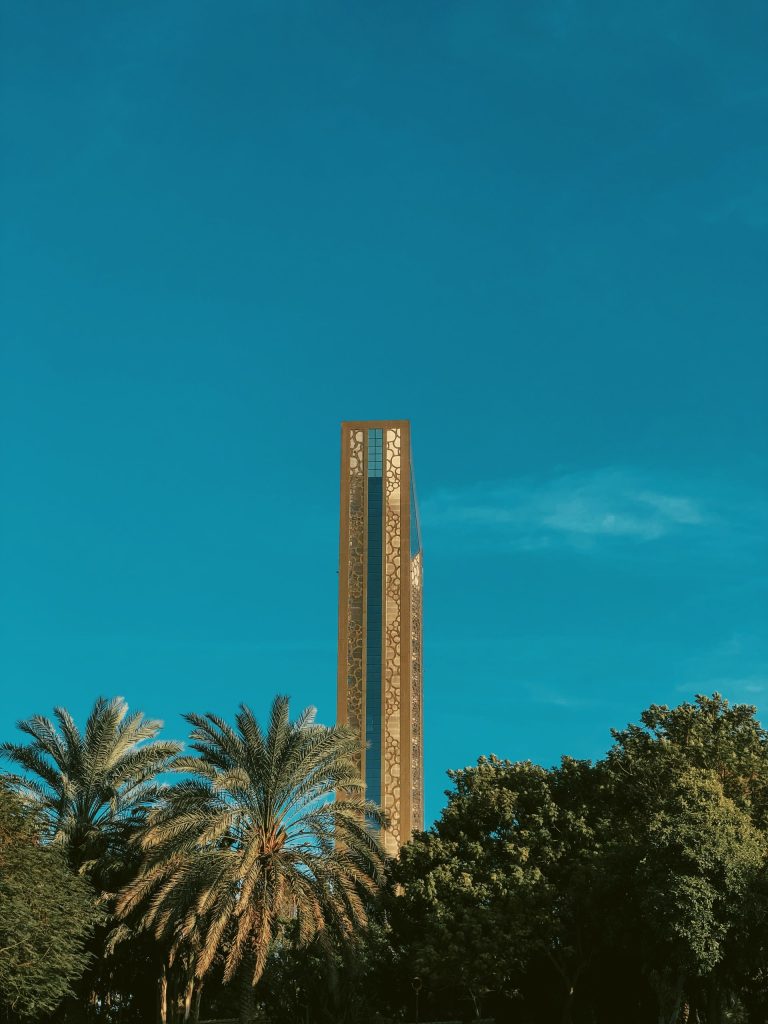
Away from its ski slopes, Dubai has an impressively verdant golf course in the city centre.
